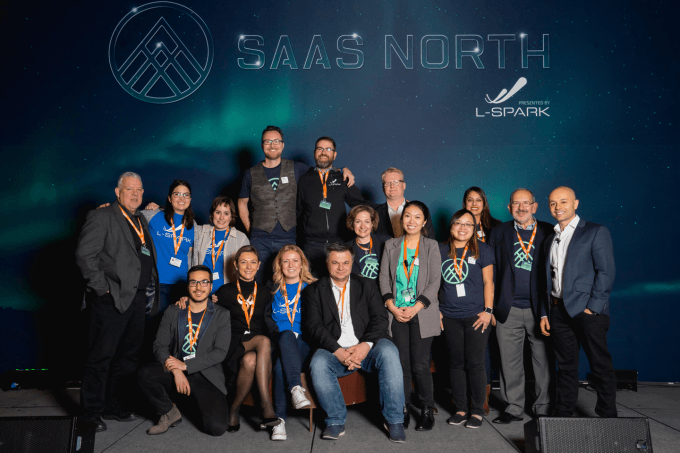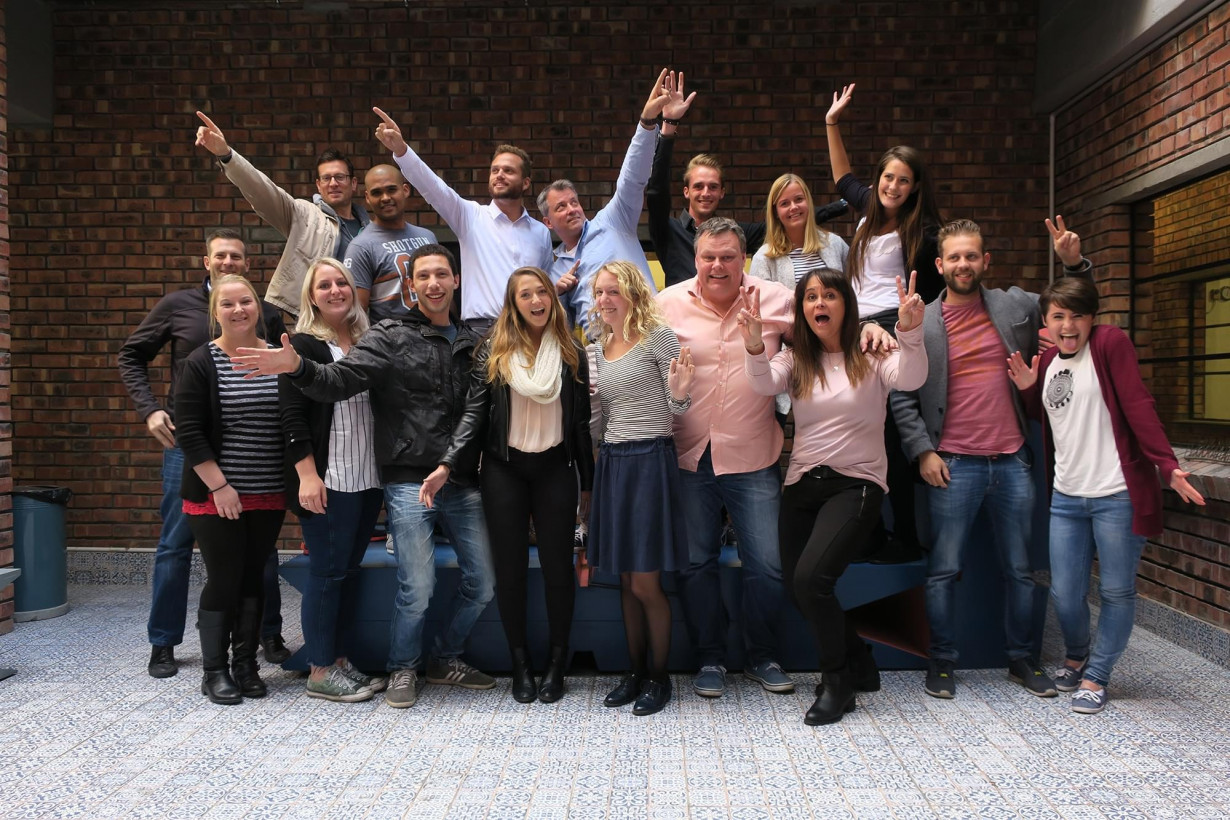
Fall is one of my favorite times of the year. It’s not only due to the changing autumn leaves. Much less romantic, I particularly enjoy this time of the year as it offers a chance for our team to regroup after the madness of the conference season summer months.
With so many new events popping up, it can be hard to choose which conferences to attend. While it would be great to go to every event, this would be extremely expensive, time consuming and — from my personal experience — exhausting. As such, most CEOs assess events based on the ROI they can receive from attending.
ROI can come from meeting potential partners or customers. It can come from wisdom learned from speakers and workshops, or from finding out about new tech or tools to help your business. Or it could come from increased visibility through networking and speaking to journalists in attendance.
However, any seasoned conference attendee will tell you that effective networking requires preparation and practice. The same goes for meeting journalists. Based on my experiences on both sides of the table, here are some tips for how best to meet journalists at conferences:
Attend events hosted by media publications
One of the best way to meet reporters in person is to attend events that are hosted by media companies. The reason is, a company’s journalists and team members are often asked to attend these events. Many years ago I remember attending The Next Web’s conference in Amsterdam, which I highly recommend, and being able to meet many members of their editorial staff.
Media publications in many cases host larger, flagship conferences, however they also at times host smaller events, and these are often free to attend. As an example, the technology publication VentureBeat earlier hosted events throughout the country.

Choosing between options for conferences, even those founded by media publications, is difficult though. In fact it’s so tough that it inspired Startup Sesame, which helps startups pick from the seemingly endless list of events, while also helping conferences attract the crowds they want.
Be a speaker at the event
Catching the attention of journalists can be tough. When pitching via email or social media, it can be hard to stand out from the crowd, as inboxes quickly fill up with hundreds of press releases from other keen startups too. The same can happen in the run up to conferences and events. Well respected journalists from leading publications will be bombarded with messages on Twitter, LinkedIn and email asking, “Are you going to be attending this conference, can we meet up?”
As such, the best way to be noticed by journalists is to actually get involved with the events, either as a speaker, by joining a panel or by running a workshop. The fact that you have been offered the stage shows the media that you are an expert in your field and that you have interesting insights to share.
Another benefit of being a speaker or contributor to an event is that is gives you more free access to private areas that are not available to normal attendees.
Many conferences have special zones where speakers can prepare, or just relax and catch up with some work, and forward thinking conferences like SAAS NORTH offer media rooms where journalists can conduct interviews and get work done. As such, the chances of rubbing shoulders with a journalist who would be interested in covering your story increases dramatically when you are able to spend time in these VIP zones.

Download the internal event app
Time management at busy conferences can be challenging. With so many presentations, workshops and events to attend, it can be hard to decide on how to spend your time.
This for me, is why it is so important to have clear aims for each event. For example, if I go to an event with the aim of networking and meeting potential clients, partners or journalists, I make sure to prioritize these activities over the more content focused workshops.
In the few years, it’s become easier to manage your time as events have begun rolling out their own native apps. These apps generally have calendar and timetable functions, allow you to set reminders for specific speakers or events, and also have internal community and messaging functions that allow you to see who else is attending and to make connections with them.
Mauricio Palacio, co-founder of Eventtia says, “Event apps offer the best experience possible for both attendees and organizers. They allow people to connect, and exchange information in a natural manner, and offer organizers the flexibility to collect data about attendee engagement, and communicate with users in real time.”
Aside from helping with timekeeping, these apps are a great alternative to LinkedIn in order to make connections with other attendees, and journalists in the run up to, and during events.
Dylan Tweney, former Editor-in-Chief of VentureBeat had written me that, “Conferences are incredibly useful ways for founders and PR folks to meet and build relationships with journalists, and vice versa. Striking up a conversation over the breakfast buffet or over a beer is far more effective than social media outreach.”
While conferences can be exhausting, it is important to save some energy for the social events and after parties. Here you will find many speakers and journalists who finally have the time to chat more freely and to spark up conversation.

Know who you want to speak to and engage them beforehand
Whether it be networking or meeting journalists, it is always best to arrive at events prepared. There are likely to be hundreds if not thousands of people in attendance, and leaving it to chance that you will simply bump into the right people is risky.
I always try and make a list of the top 5 journalists I want to meet at the conference, and then try to reach out to them before on social media or via email in the run up to a conference. However as I mentioned before, a lot of people have the same idea, so it’s important to build relationships over time. This means finding ways to get noticed so that when you finally send a pitch or email, the person will recognize your name and give you the time of day.
Some tactics for doing this are by commenting on articles posted with feedback and opinions, and referring interesting stories, other startups or industry news to journalists which you feel could be useful to them. You shouldn’t only reach out to journalists when you want something from them.
Robin Wauters, founder of Tech.eu, told me, “I’ve oftentimes met startup founders and investors in real life after meeting them or setting up appointments via Twitter and Facebook, or the event organiser’s application(s). It helps to get pitched by someone who’s name you remember from online or offline interactions, particularly when your inbox is full of pitches to weed through.”
When you have built up interactions over time, you should reach out to a specific list of journalists with a clear and concise email, mentioning that you will also be attending or speaking at the event, and that you would love to share information with them.
It is important to be respectful of journalist’s time and be conscious of the fact that you are not the only person who wants to speak to them during a busy event. I have found that if you treat people with respect, give more than you take, and show that you are someone with something interesting to talk about by getting involved in the startup community, the connections will come naturally. That said, there is no harm in taking steps to maximize your chances of success.
This article was Co-Written by Craig Corbett
Get the TNW newsletter
Get the most important tech news in your inbox each week.




